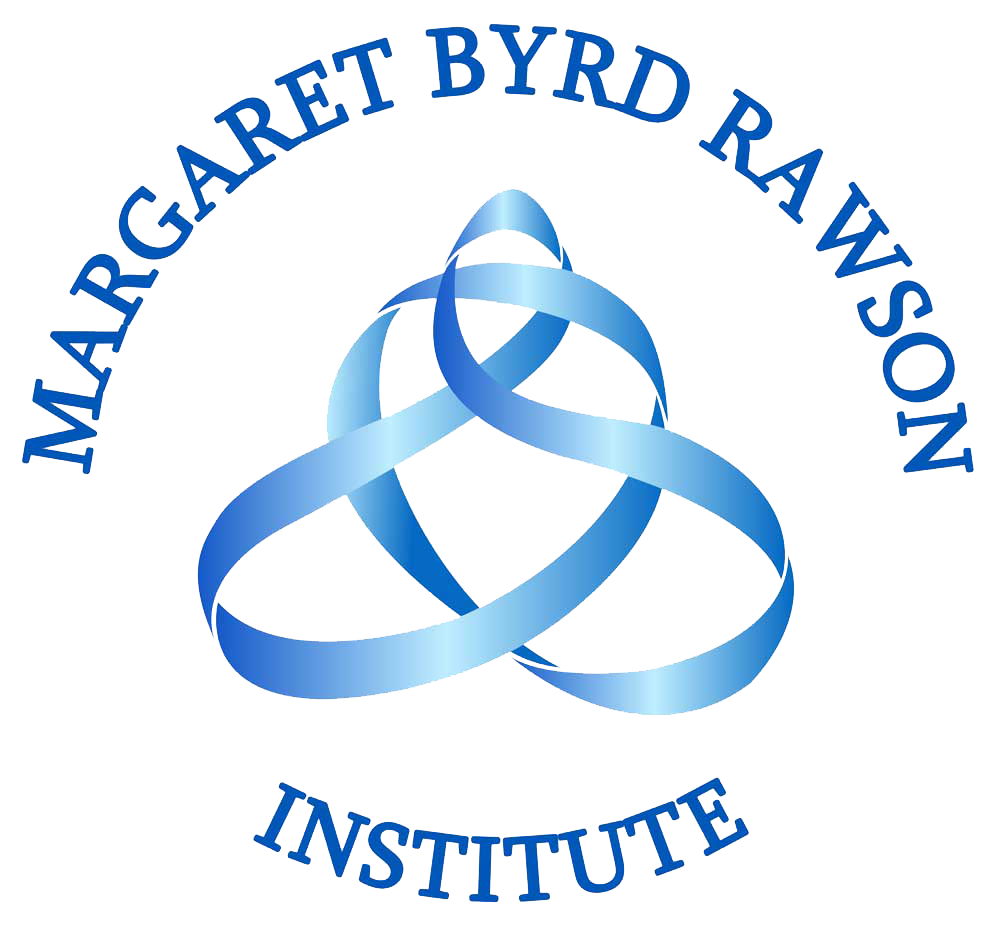About MBRI
Mission
Since its creation, the Margaret Bryd Rawson Institute (MBRI), a nonprofit organization, stands out in its dedication to ensuring every child has access to proper language education. We strive to achieve our mission of providing parent and teacher education using Orton-Gillingham Academy-approved methods through our unique educational programs and resources. Our distinctive mission ensures that every child, regardless of learning style or socioeconomic status, can access the fundamentals of language acquisition. Literacy, the cornerstone of effective communication and understanding, should be a fundamental right for all children. Ultimately, we aim to extend this educational instruction and outreach to the broader national and global community, particularly in dyslexia education.
The following phases reflect the unfolding of MBRI’s vision:
Phase One: Creating online Telesummits and Webinar programs. The Transforming Education TeleSummit program provides an innovative platform that brings together some of the most brilliant and forward-thinking educational experts from around the country and Canada focused on empowering the ‘whole’ child. The Keys to Unlocking Educational Success Webinar series is led by accredited Academy of Orton-Gillingham Practitioners and Educators training fellows. This series delves into Phonemic Awareness, Phonics, Fluency, Vocabulary, and Comprehension.
Further, as part of our commitment to supporting educators, we offer continuing educational credit (CEUs) for all interested teachers through our partnership with Virginia Commonwealth University. We’re also building a treasure trove of teaching tips covering various topics, personal literacy stories, and memories of Margaret. And we’re not stopping there; we’re developing our website and social media sites to connect these educational teaching tools to a large and growing global audience.
Phase Two: We are developing 150 online Orton Gillingham-based video lessons for students, parents, and teachers to follow. At MBRI, education should be accessible to all, regardless of financial constraints. Full scholarships for access to these online learning lessons will be available to anyone in need. In addition, there will be an option to join a small group mentorship program.
Phase Three: Create a sequential set of visual and auditory lessons to explicitly teach proper letter-sound correspondence to children and adults, including developing an App for practice.
Phase Four: Produce a documentary film exposing the struggles of dyslexic learners, their parents, and their teachers. Reading failure reflects more of a system-wide deficiency rather than an ‘individual learning disability.’ Our aim at MBRI is to help revolutionize education so all children can learn to read and write successfully.
The 13th-century Persian poet Rumi once wrote, “Out beyond ideas of wrongdoing and right-doing, there is a field. I’ll meet you there.” The internet offers a perfect ‘field’ to build a global educational community. Here, we can highlight the best teaching practices for all students and those who learn differently.
History
For over sixty years, Margaret Rawson championed the need to mainstream the Orton-Gillingham instructional approach for teaching dyslexic students in the public school curriculum. Unfortunately, then and now, teaching offered through our public school system often stigmatizes dyslexic children rather than providing them with an adequate education.
For years, Margret spoke of the ‘great need for more competently educated teachers who can meet the needs of those with specific language learning differences.’ To this day, colleges still need to embrace teacher preparation reform fully and align themselves properly with the science of reading. Today, not only are children with dyslexia not being taught properly, but even those without learning differences. We now have several generations of teachers who never learned the fundamentals required to teach foundational reading instruction.
In 2001, Margaret and a dedicated group of parents and educators from Frederick County, Maryland, united under a shared vision to create an educational institute for parents and teachers. MBRI serves as a long-overdue vehicle to bring Margaret’s dream to fruition by disseminating the science behind reading with the art and craft of teaching.
MBRI Logo Ribbon
The Margaret Byrd Rawson Institute uses the symbol of the six-crossing knot to represent our unique mission. A picture of a Roman bas-relief from the third century A.D. that hung in Margaret’s home inspired our logo symbol. Incredibly, scientists have observed identical knot formations in images of DNA structure. DNA carries the specific genetic markers that make us uniquely individual and shape our learning styles. A heart is visible when the knot is inverted, symbolizing our dedication and love for students, parents, and teachers.


The differences are personal. The diagnosis is clinical. The treatment is educational. The understanding is scientific.
